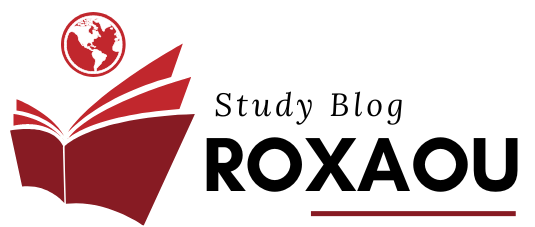Do you know the differences between formal, informal and informal learning? Do you know how it applies to literacy and second language acquisition?
In April 2010, I released a full research report on this topic. The title of the report is Formal, Informal, and Informal Learning: The State of Literacy and Language Learning in Canada. It examines the links between formal, informal and informal learning and the differences between them. In particular, the report aims to link these concepts of learning to literacy and basic skills, as well as to learning second languages in Canada.
The philosophical foundations of this research are:
* There is value in learning of all kinds.
Learning is a lifelong endeavor.
* A multidisciplinary approach is valuable.
The concepts of formal, informal and non-formal learning have been defined as follows:
formal learning This type of learning is intentional, structured, and structured. Formal learning is usually arranged by institutions. This type of learning is often channeled through a formal curriculum or program.
informal learning This type of learning may or may not be intended or organized by an institution, but it is usually organized in some way, even if it is loosely structured. There are no formal credits awarded in informal learning situations.
informal learning This kind of learning is never structured. Rather than being guided by a rigid approach, it is often experimental and spontaneous.
In the report, examples of literacy and basic skills, as well as second and other languages, are provided for each of the above categories.
Finally, examples of systems that have been developed value different types of learning using asset-based approaches. Human Resources and Skills Development Canada, a branch of the federal government that deals with employability skills and learning, has defined literacy as:
* Read a text
* Use of the document
* the account
* writing
* Oral communication
* Working with others
* Continuous learning
* thinking skills
* use the computer
This branch of government has developed a set of tools for learners, literacy practitioners and employers ( http://www.hrsdc.gc.ca/eng/workplaceskills/essential_skills/general/home.shtml ). Learners can access self-assessment tools that will help them understand their proficiency levels. Practitioners can access tools that will assist them in conducting literacy assessments. Employers can access the Workplace Survey, which will help them examine the literacy and basic skills of their organization.
The Common European Framework of Reference for Languages was considered for second and other languages. The growing interest in this framework and its applications in Canada is also being considered.
A full copy of the report is available on the author’s blog.
index
Development of human resources and skills in Canada. (abbreviation II). Basic skills. Organization for Economic Co-operation and Development (OECD) website. (abbreviation II). Recognizing Informal and Informal Learning – Werquin, P. (2007). Terms, concepts, and models for analyzing the value of recognition programs: RNFIL- Third Meeting of National Representatives and International Organizations.
Reprint permission:
Permission to use this article is granted, provided that the author, Sarah Ellen Eaton, is credited.
Do you quote this article in your own research? Here is the APA citation information for this article:
Eaton, SE (2010). Formal, informal, and informal learning: the state of literacy, basic skills, and languages. Retrieved from: (insert the URL of this site here.)

